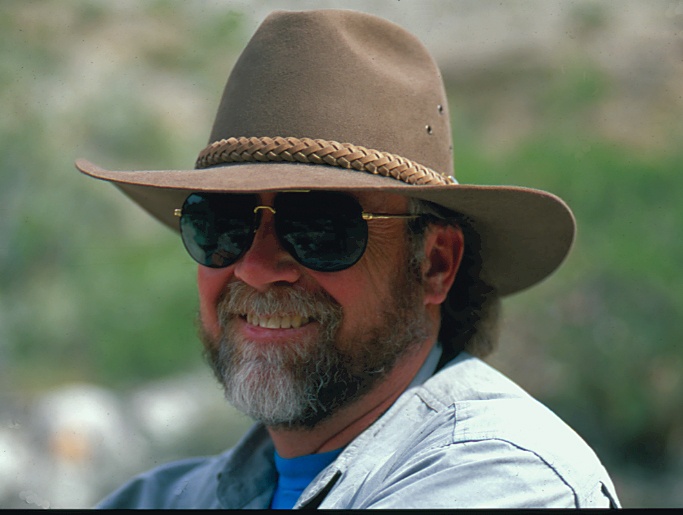Five Questions with Scientific Illustrator Pieter Folkens

This week we would like you to meet one of our Individual Creator Members, Scientific Illustrator Pieter Folkens
1. What was the inspiration behind becoming a Scientific Illustrator? What do you enjoy most about the creative process?
A third grade field trip to Pyramid Hill (nickname Shark’s Tooth Hill)—nothing there except dirt, scrub, and a late Middle Miocene exposure with marine fossils. The geologist explaining things to us poked around in the light-colored outcrop and quickly found a few shark’s teeth which he shared with the class.
That summer, my mother asked what I wanted to do for my birthday. We loaded up seven of my friends in the back of a ’61 VW Bug and headed off to Pyramid Hill where we ate cake and excavated skull parts and teeth of a 13.5 million year old species of sperm whale. Following my curiosity of what the whales might have looked like, I made sketches of whales on the margins of math quizzes until the teacher told my parents that I had to stop drawing on the tests. I heard “stop drawing,” so I stopped until quite a while later.
The creative process is an exercise in discovery. The enjoyment comes in two forms—initially learning new things followed by sharing them with others.
2. Have you experienced copyright infringement and if so how has it affected you personally and financially?
The bulk of my illustration work covers a popular subject (marine mammals) that in the early years was not well represented with good images. Lazy sycophants wanting to capitalize on the popularity of the subject resorted to copying my work. Discovering more than a dozen infringements a year was common, and sometimes it was wholesale plagiarism of entire field guides (upwards of 80 images in two cases).
I am fascinated by the different responses when infringers are notified. Most acknowledge the offense and apologize for failing to realize that it’s not okay to do. Some get angry, attacking me personally for questioning their wonderful artistic prowess (but deathly afraid that I make mention of the infringement publicly). Some have even resorted to accusing me of copying their work.
3. What do you do when you encounter someone stealing something you’ve invested your intellect, time and money into?
I begin with passive notification, followed by an invoice that reflects an unauthorized use penalty, followed by a cease and desist letter.
A passive notification often results in the plagiarist showing their hand regarding how they would handle the matter. For example, it reveals much when they offer to resolve the matter amicably or the they immediately hand it off to an attorney instead. The notification also establishes the date of discovery of the infringement that comes into play regarding the statute of limitations.
In my experience, if the infringer’s attorney makes first contact, they almost always make a statement of fact that comes back to bite them.
4. What is your best piece of advice that you would give other creators in your field about copyright and how to protect themselves?
Learn copyright law. The essentials can be covered in one page, but if one has the time and inclination, get up to speed with recent court decisions and understand the implications for visual artists.
5. If there was one aspect of the copyright law that you could change, what would that be and how would you change it?
This is important regarding the merger doctrine and scènes à faire. Though very important in the idea–expression divide and quite applicable in literary works, it becomes problematic in the visual arts. The reductive analysis applied in some circuits creates the absurd condition that no image of a subject “first expressed in nature” has copyright other than mechanical reproduction of the original. A Baylor Law Review article by Murray (2006) has made a strong argument that the doctrines of merger and scènes à faire should not apply to visual works. I agree, particularly where there is evidence of copying elements of a work otherwise protected by the statutes and other case law.
Pieter Folkens
Scientific Illustrator
Are you one of our Individual Creator Members? Participate in our Creator Spotlight series! Please email us at cawebsite@copyrightalliance.org. And if you aren’t already a member of the Alliance, you can join today by completing our Individual Creator Members membership form!

